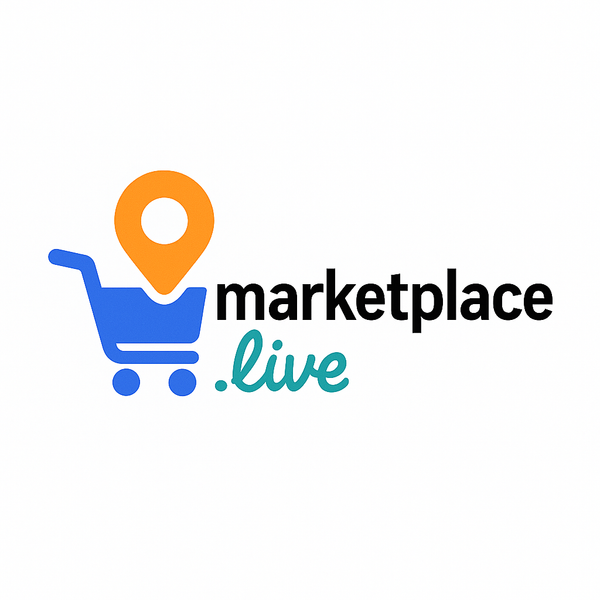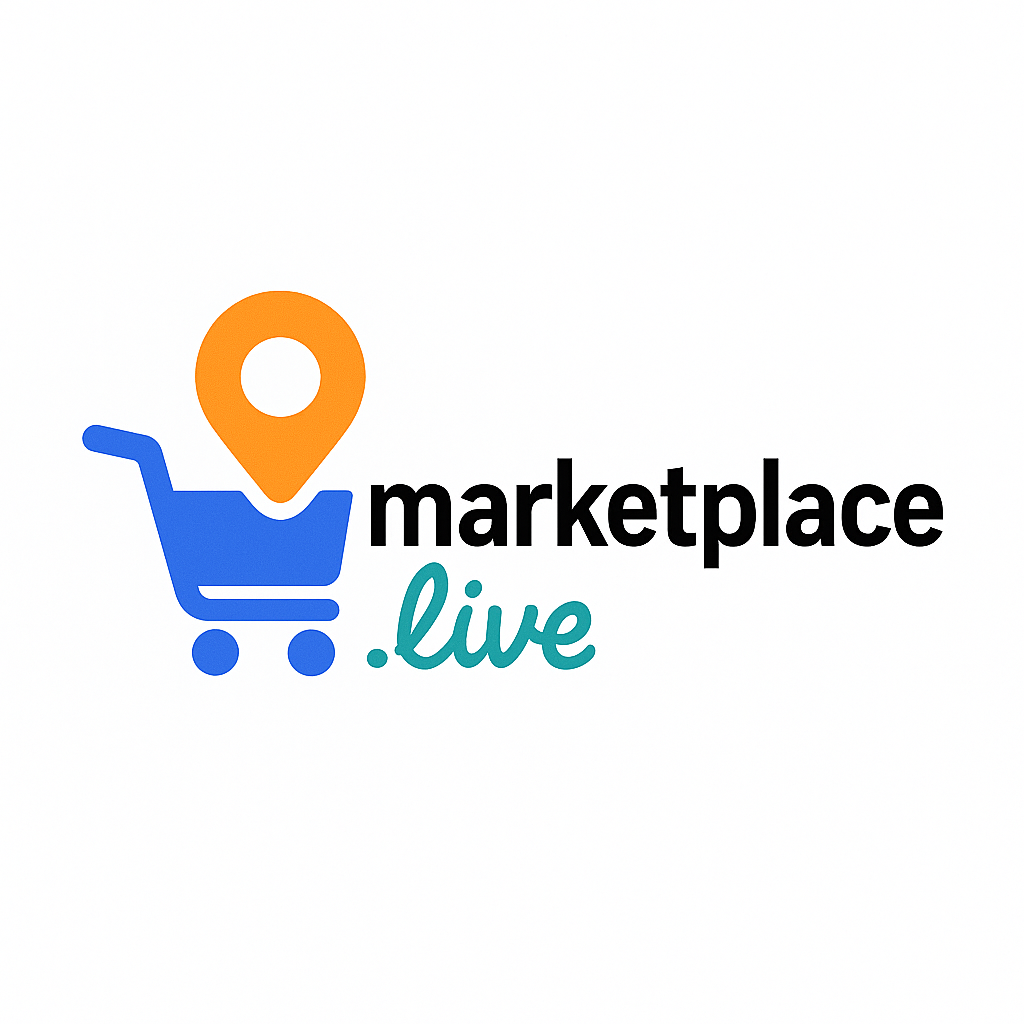Frequently Asked Questions
1. What are digital collectibles?
2. How do NFTs relate to digital collectibles?
3. Why are digital collectibles gaining popularity?
4. What challenges do digital collectibles face?
5. How can someone get started with digital collectibles?
In recent years, the trading card industry has experienced a significant revolution, thanks to advancements in technology. Gone are the days when card collectors had to scour local shops or attend events to find rare pieces. Now, digital collectibles have emerged as a powerful alternative, creating a whole new market for enthusiasts and investors alike. This article explores the fascinating intersection of technology and trading cards, delving into the rise of digital collectibles and their impact on the future of the hobby.
Understanding Digital Collectibles
Digital collectibles take the very essence of traditional trading cards and translate it into a digital format. These collectibles can exist on various platforms, with blockchain technology allowing for verifiable ownership and the concept of rarity. Just like their physical counterparts, digital trading cards can feature memorable artwork, rare editions, and even animated graphics, catering to a wide array of interests within the collecting community.
The Rise of NFTs
One of the most groundbreaking developments in the realm of digital collectibles is the advent of Non-Fungible Tokens (NFTs). NFTs represent unique digital assets verified through blockchain technology. Unlike cryptocurrencies, which are interchangeable, each NFT has distinct characteristics that distinguish it from others. This uniqueness is what makes NFTs particularly appealing to collectors.
NFTs have opened up new avenues for artists, gamers, and collectors to engage with their favorite franchises or artworks. The ability to own and trade these digital assets provides a sense of pride and community among collectors that often parallels traditional trading card collecting.
Why Digital Collectibles Are Gaining Popularity
The surge in popularity of digital collectibles can be attributed to several factors. Below are some of the primary reasons that explain this new trend:
- Accessibility: Digital collectibles can be purchased and traded online, making it easier for collectors worldwide to access rare items without geographic limitations.
- Security: The use of blockchain technology ensures that each digital collectible has a transparent history of ownership, enhancing trust among buyers and sellers.
- Community and Engagement: Many digital collectible platforms incorporate social elements, allowing users to connect, trade, and even showcase their collections.
- Lower Costs: For some collectors, the entry cost of acquiring digital collectibles can be more affordable than that of physical cards, which can often be overpriced due to market demand.
- Innovative Experiences: Digital trading cards can offer interactive features such as augmented reality (AR) and in-game mechanics that enhance the overall experience.
The Role of Gaming in Digital Collectibles
Gaming has played a significant role in the evolution of digital collectibles. Video games and online platforms have begun to incorporate collectible card mechanics, where players can collect, trade, and showcase digital cards based on game characters or themes. Titles such as Magic: The Gathering Arena and Hearthstone have successfully blended traditional card game concepts with digital innovations, creating a thriving market of players and collectors.
Moreover, games that implement a play-to-earn model allow users to earn or trade valuable digital collectibles for real-world profits. This model incentivizes both casual players and dedicated collectors to invest time and resources into their digital card collections.
The Importance of Licensing and Branding
As the digital collectibles market grows, the need to consider licensing and branding becomes increasingly essential. Well-known franchises such as NBA Top Shot and Pokémon have successfully capitalized on their existing fan bases by offering officially licensed digital collectibles. The association of well-respected brands with digital trading cards lends credibility to these products and serves to attract a broader audience.
Collectors often seek pieces tied to their favorite teams, games, or characters, creating a synergy between nostalgia and innovation. As brands continue to explore the digital landscape, collectors can expect an influx of new and exciting offerings.
Challenges Facing Digital Collectibles
Despite the rapid growth of digital collectibles, the industry isn't without its challenges. Some of the key aspects that need addressing for widespread adoption include:
- Market Volatility: The value of digital collectibles can fluctuate rapidly, leading to uncertainty for buyers and sellers. New collectors may find it challenging to navigate this volatile environment.
- Environmental Concerns: The energy consumption associated with blockchain transactions has drawn scrutiny, prompting discussions around the sustainability of NFTs and digital collectibles.
- Legitimacy: As with any emerging market, scams and fraudulent activities can arise, undermining trust among collectors. Establishing secure platforms and transparent processes is vital.
- Education: Many potential collectors may not fully understand how digital collectibles work, leading to a knowledge gap. Educating the public about the benefits and intricacies of digital collectibles can encourage participation.
The Future of Digital Collectibles
The future of digital collectibles is poised to be bright. As technology continues to evolve, we can expect the following trends in the coming years:
Increased Integration with Augmented Reality
Augmented reality (AR) is already making waves in various industries, and digital collectibles are no exception. Imagine showcasing your digital trading cards in an AR environment, where friends can interact with your collection in real time. Increased integration with AR technology will provide new avenues for displaying and experiencing digital collectibles.
More Cross-Platform Functionality
The future may also see a consolidation of digital collectibles across different platforms. As games, social media, and marketplaces integrate more seamlessly, collectors may find it easier to manage their digital assets from one central hub. This cross-platform functionality will enhance user experience and streamline trading processes.
Joining the Digital Collectibles Movement
For those intrigued by the world of digital collectibles, joining the movement can be both exciting and beneficial. Here are a few steps to consider:
- Research: Familiarize yourself with the best platforms for buying, selling, and trading digital collectibles. Seek communities or forums where others share their experiences.
- Start Small: Begin with affordable digital collectibles to build confidence and gain insight into the market. As you learn the ropes, gradually expand your collection.
- Engage with Fellow Collectors: Being part of a community can enhance your collecting experience. Exchange tips, share your favorite finds, and attend virtual trading events.
- Stay Informed: Keep up with industry news, upcoming platforms, and new releases. Knowledge is vital for making informed purchasing decisions.
Your Gateway to a New Era
Digital collectibles are more than just a passing trend; they symbolize the exciting fusion of technology and collecting. As the industry continues to evolve, opportunities and innovations will emerge, providing collectors with unique experiences and treasured assets. Whether you're a novice or an experienced collector, embracing digital collectibles can lead to thrilling adventures in a vibrant new world. So, dive in and discover the incredible potential that lies ahead!




